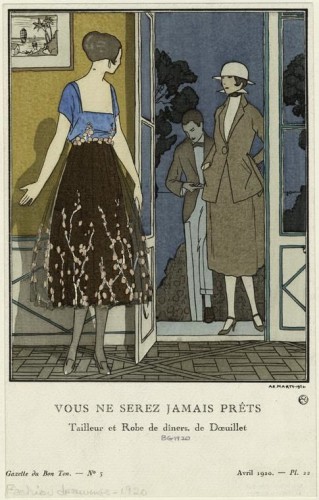
Gazette du Bon Ton, 1920
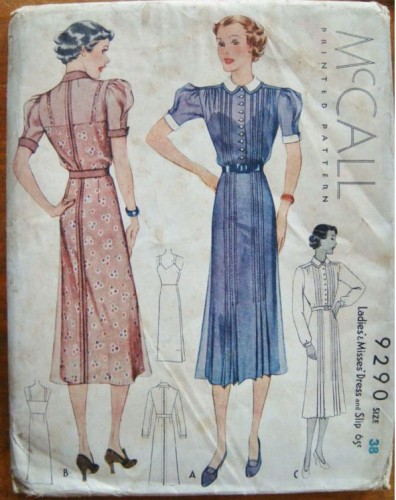
McCalls 9296, 1937
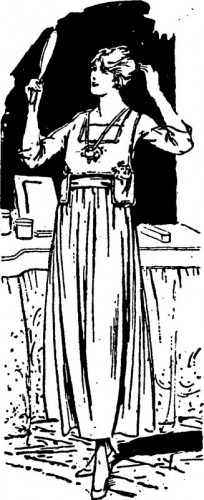
Auckland Observer, Feb 1918

Gazette du Bon Ton, 1920

McCalls 9296, 1937

Auckland Observer, Feb 1918
It’s that time of year again: Napier’s annual Art Deco Weekend was last weekend, and I went, and I had lots of fun and took 642 photos and edited them down to 469 keepers and then edited those down to 26 I want to show you today, and a few more I’ll show you for specific costume posts.
It was interesting to go back to Art Deco Weekend a second time: to review my first impressions, and get another look. It was even more interesting to go back and read my write-up of last year’s weekend, and my impression of the event.
I can’t say my overall view has changed much, but this year was inevitably a bit different. I described it to Rachel (my weekend partner) as both better and worse than last year – as a returnee, I didn’t get lost walking around, knew where to park and where the good restaurants were, and when all the events were. But this year also had less highlights: the op-shopping wasn’t as good, I missed the gorilla hunt, and in a funny way I can’t explain the whole thing just seemed flatter.
Still, it was good fun.
First there was the packing and deciding what to wear:
We drove up on Thursday, spent the night at a B&B, and then Friday was op-shopping and checking into the backpackers hotel where all the swing dancers would be staying.
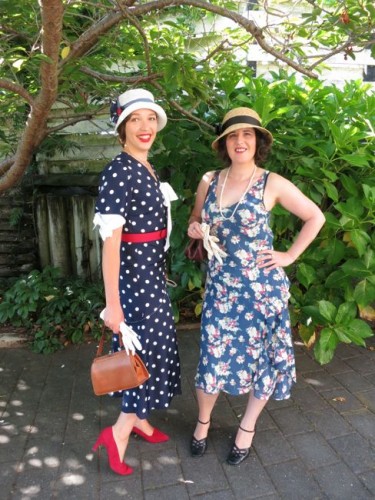
First day gettups – the annual ‘leaving the B&B’ photo
With the important business sorted, we had time for Rach to get a ’30s do for the weekend, while I read a vintage magazine and silently thanked my hair for its built-in marcel waves.
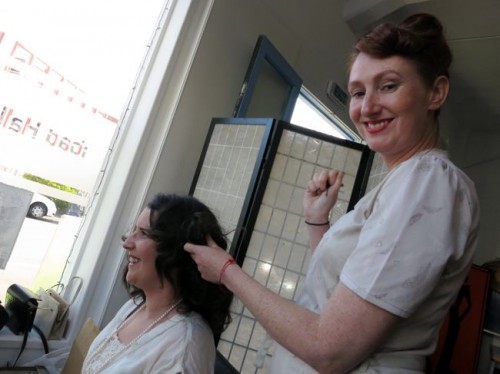
Rach gets her hair done by Claire of the Vanity Case
Then it was dinner, and dancing for everyone else and bed for me, because I’m a delicate little flower and need coddling.
The benefit of early bed and coddling is that then I could get up early, before everyone else, and enjoy the deserted beach and the fresh morning air. I may be an extrovert in most ways, but my favourite part of Art Deco Weekend is still the mornings, when I can have the city all to myself!

Napier beach, early morning
There is something about the calm of the sea, the deserted venues, the packed-away displays, and the quiet, that speaks much more about what Napier went through than all the fuss and festivities.
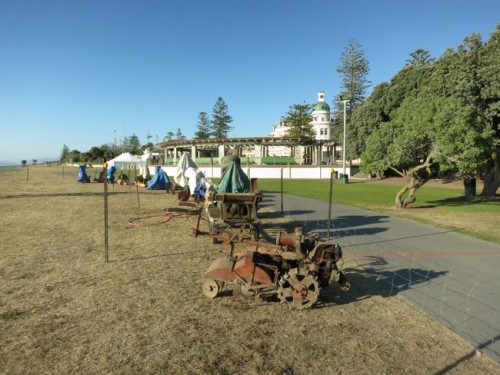
Vintage farm equipment packed away for the night
As the day heated up and other people ventured out, I headed back to the Criterion Hotel, to find a hair and makeup session in full swing:
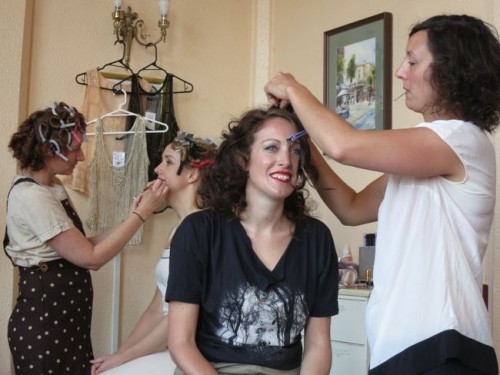
Hair and makeup all go
A morning dance class in the dining room:
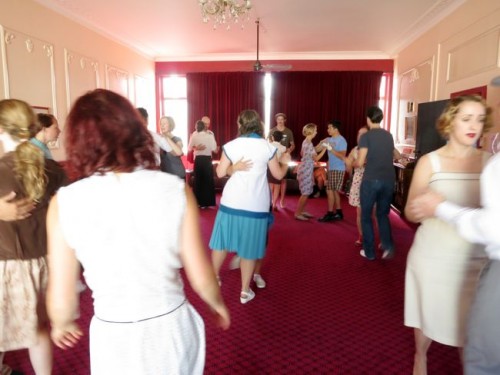
Swing dance classes
And nothing for me to do because I was already fully dressed and coifed, and had some unfortunate injuries that meant I couldn’t dance all weekend:
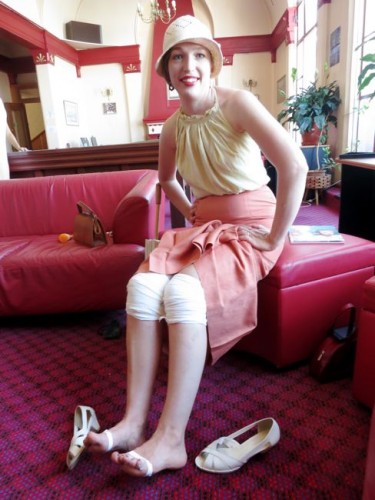
Bummer. At least ’30s skirts hide the knees!
What’s a Dreamstress to do when she finds herself at a loss? Why, offer to take in someone’s shirt for them!
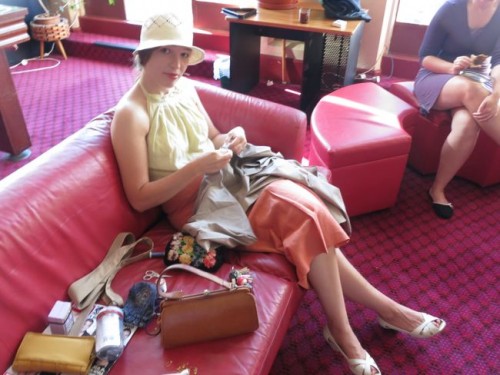
At work in my natural habitat
With mending done, and a cup of tea had, we headed out for one last op-shop, and a few photos in the park:
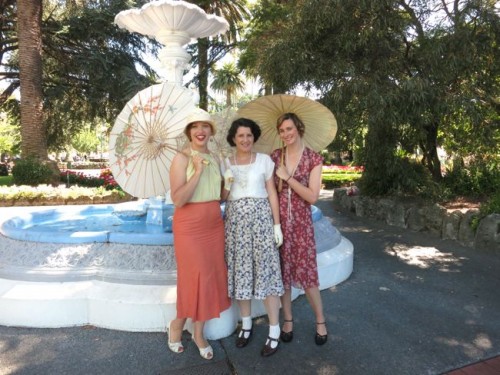
Pretty swing girls
Then it was time for an outfit change, both to cope with all the things I needed an excuse to wear, and with the heat, and back out for more photos:
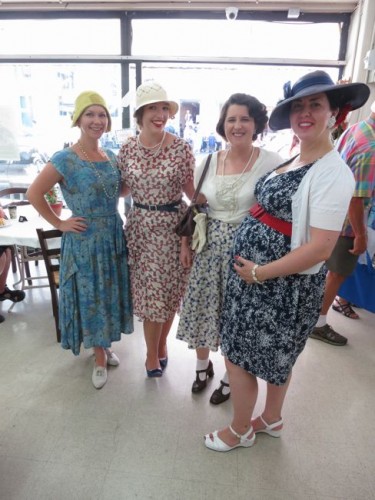
More pretty swing girls (seriously, we were such a well-dressed group!)
Since it was hot, we had photos in the fountain. Thank goodness Napier has so many of those!
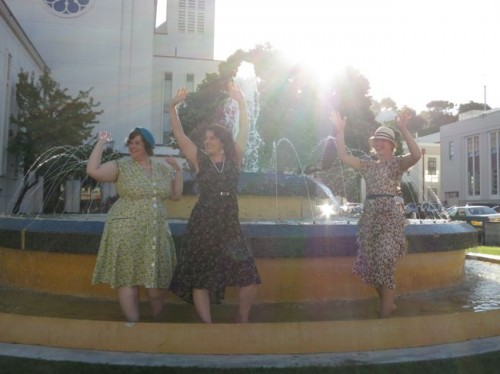
And yet more pretty swing girls
There may have been a bit of splashing:
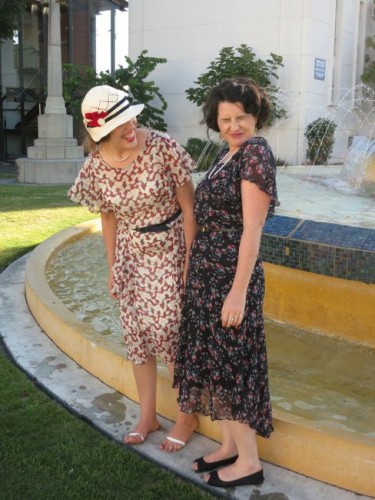
Splish-splash, fountain time
Then dinner, and time to change into evening wear, and have Berocca cocktails to keep us going (a Berocca cocktail is half a Berocca (that’s a fizzing multivitamin) in water in a martini glass – really living on the edge here)
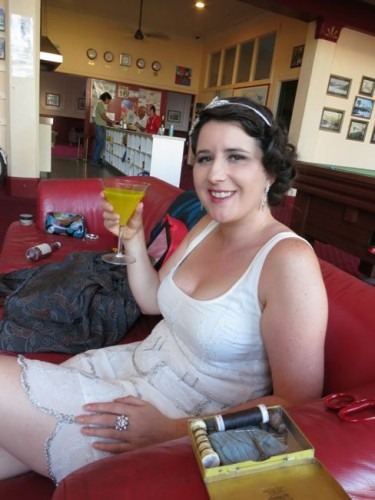
Cheers!
Evenings there are bands playing on the street, and dancing around them:
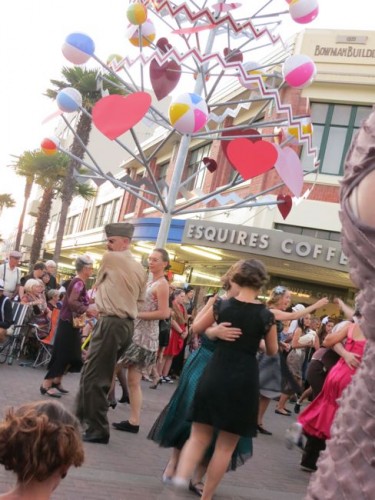
Dancing in the streets
There is a lovely balcony at the front of the Criterion, so we could sit on it and watch the action on the street:
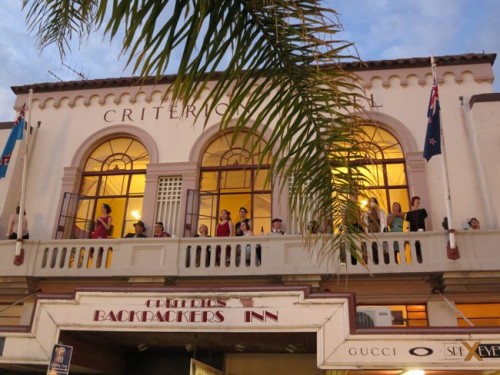
Watching the dancing from the Criterion
Or be part of the action on the street:
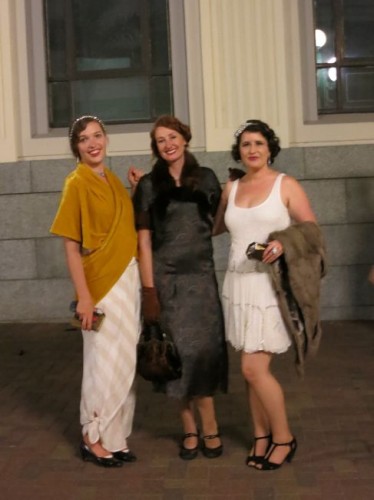
The best-dressed part
Or go down to the Soundshell on the waterfront and watch the main bands there:
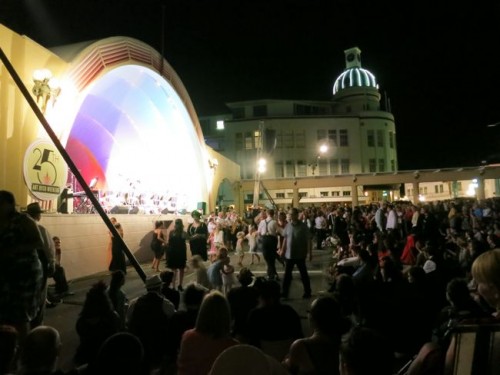
Music at the soundshell
Or, in my case, go to bed early so that I could wake up fairly early and figure out how to cram 13 pairs of shoes and 9 outfits and all my Art Deco purchases into a suitcase for the return trip. And then have ice cream for breakfast (OK, I didn’t, but everyone else did):
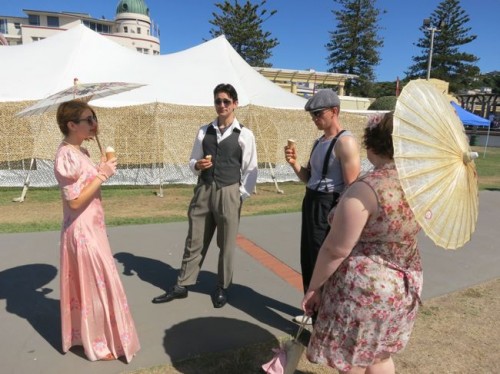
Ice cream for breakfast? Why not!
More energetic youngsters participated in a derby:
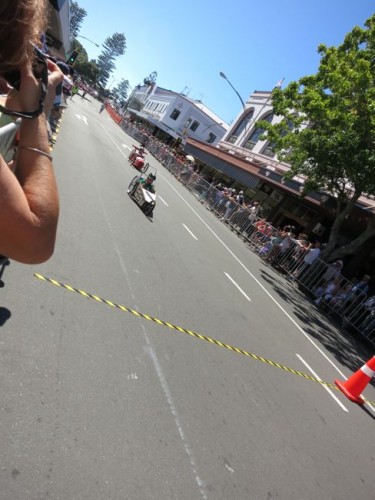
Downhill to the finish line
I got to meet other NZ participants in the HSF, which was quite exciting:
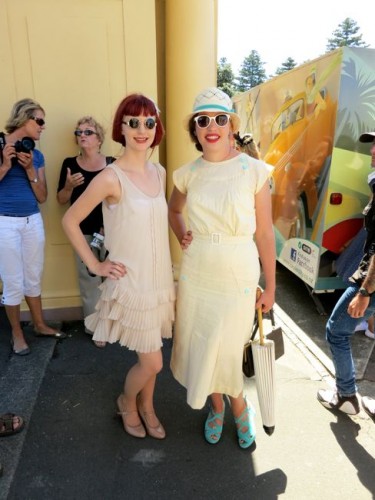
Tam Sin and I share the historical fashion love
All day on Sunday there were arial acrobatics in vintage planes over the city:
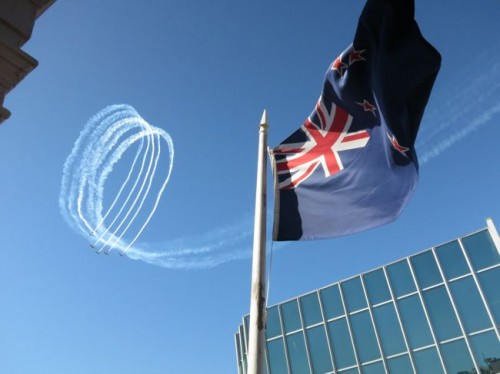
Air force fly-bys
They were one of the most popular things with the crowd, and I can see why: you could watch them from anywhere, and they are free, and exciting.
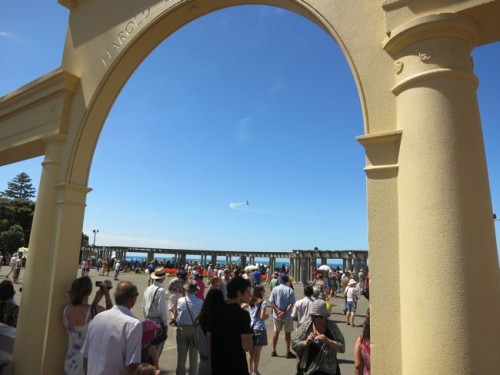
The fly overs and the crowd
We watched them over the sea as we walked back along the waterfront to the carpark to re-pack the car and head away.
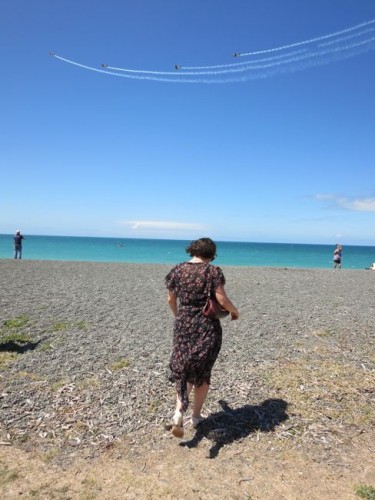
Last looks
Goodbye Napier! See you again next year (maybe):
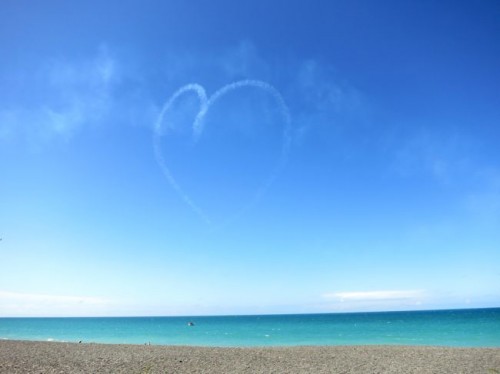
Goodbye Napier
Last week most of you loooooved the late 1870s gold dress, with its asymmetry and embellishment. But some of you found the asymmetry off-putting, or the restrained colour a bit dull, dragging the rating down to 7.4 out of 10.
I actually really wanted to show you something 1930s this week – something bright and modern and Art Deco. But I couldn’t find a single garment that took my fancy, so I’ve decided on a Rate the Dress that is a retaliation against other clothing that doesn’t take my fancy: modern menswear. Modern male clothing is sadly devoid of embellishment, but that hasn’t always been the case.
This 1670s formal suit from the V&A, worn to the wedding of James, Duke of York, is extremely embellished, with almost every surface covered in gilt embroidery. Despite this, the suit looks subdued, but this is a bit misleading: the green background fabric has faded at least a few shades, and would have contrasted with the vivid flame (that quintessential later half of the 17th century colour) cuffs, and the bright gold and silver embroidery. I imagine flame bows on the shoes as well.
Would that be fabulously bright, or Christmas cracker? Let’s see:
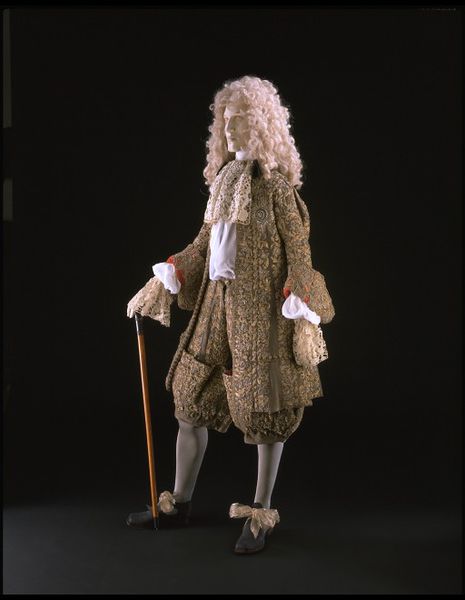
Wedding suit, English, 1673, Wool, embroidered with silver and silver-gilt thread & lined with red silk, V&A
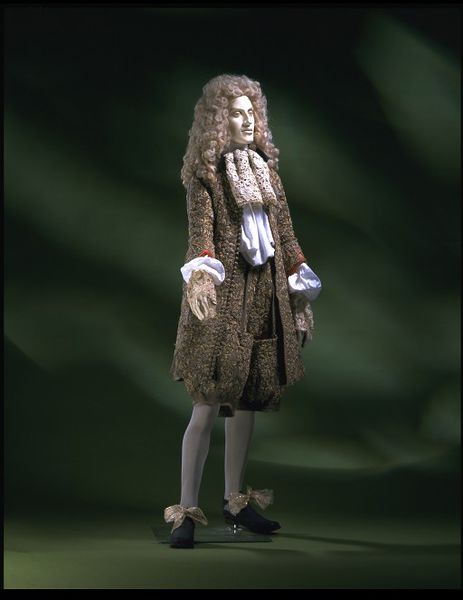
Wedding suit, English, 1673, Wool, embroidered with silver and silver-gilt thread & lined with red silk, V&A
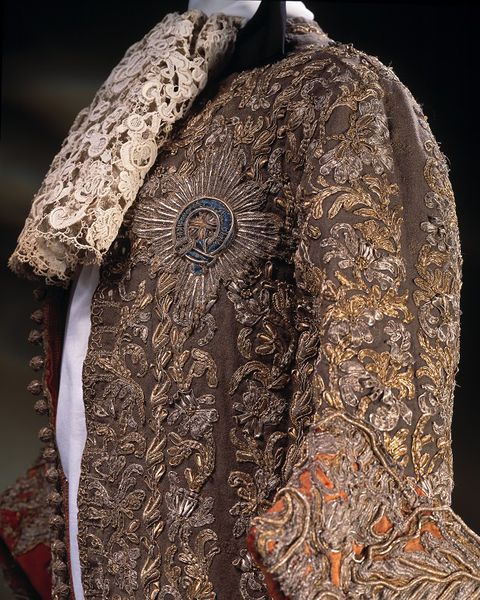
Wedding suit, English, 1673, Wool, embroidered with silver and silver-gilt thread & lined with red silk, V&A
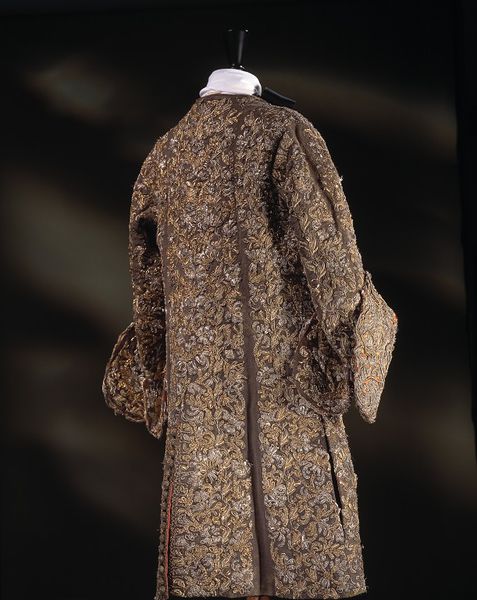
Wedding suit, English, 1673, Wool, embroidered with silver and silver-gilt thread & lined with red silk, V&A
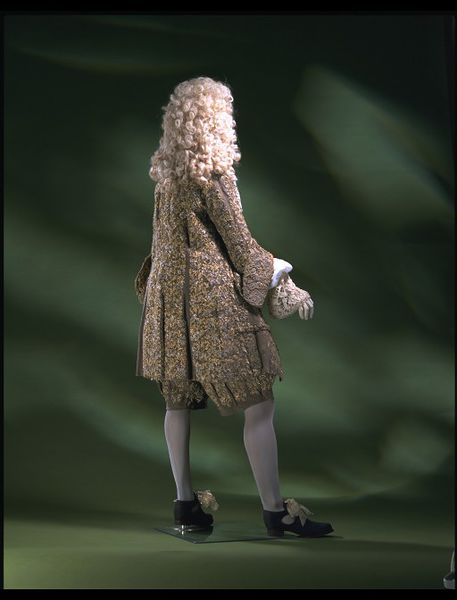
Wedding suit, English, 1673, Wool, embroidered with silver and silver-gilt thread & lined with red silk, V&A73

Wedding suit, English, 1673, Wool, embroidered with silver and silver-gilt thread & lined with red silk, V&A
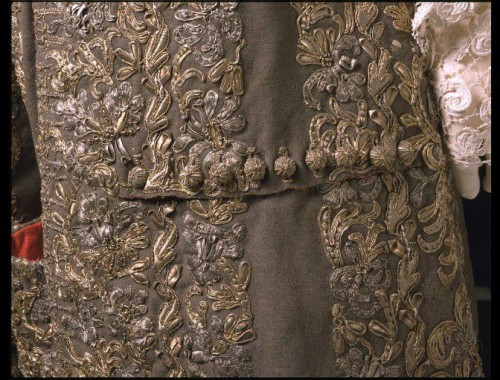
Wedding suit, English, 1673, Wool, embroidered with silver and silver-gilt thread & lined with red silk, V&A
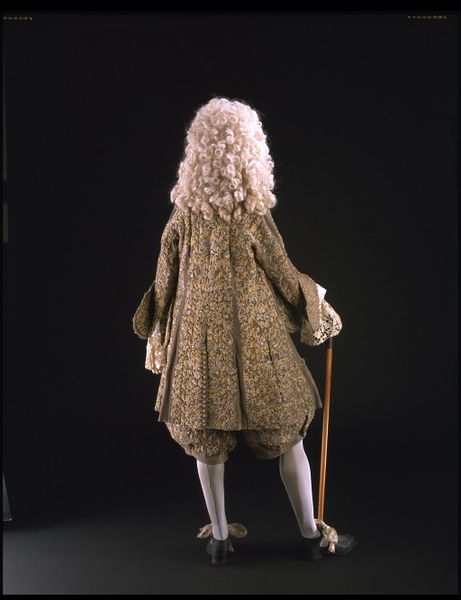
Wedding suit, English, 1673, Wool, embroidered with silver and silver-gilt thread & lined with red silk, V&A
What do you think? Do you love the embellished man? Do you like it better bright or subdued? Are embellishments all the thing, but the silhouette, with the full breeches, just a bit too much?
Rate the Dress on a Scale of 1 to 10